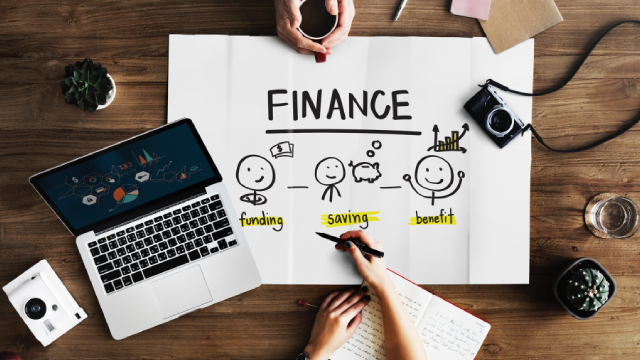I’ve had my eye on the Schwab U.S. Dividend Equity ETF (SCHD 6.35%) for a while. As I’m an income-focused investor, the exchange-traded fund (ETF) is right up my alley. It holds 100 of the top high-yielding dividend stocks, focusing on companies with high-quality payouts.
That’s why I couldn’t resist the opportunity to add this high-quality dividend ETF to my portfolio following the 13% decline in its price from its high point earlier this year. As a result, the fund now has a yield of over 4% based on its latest dividend payment, well above the 1.5% dividend yield of the S&P 500. That high yield from such a high-quality fund made it a must-buy for my retirement account.
High-quality, high-yielding dividend stocks
The Schwab U.S. Dividend Equity ETF is a passively managed fund that tracks the Dow Jones U.S. Dividend 100 Index. That index aims to measure the performance of high-yielding dividend stocks in the U.S. that consistently pay dividends. It selects companies based on their strength relative to their peers.
The index’s manager screens dividend stocks based on four quality factors:
- Cash flow to total debt.
- Return on equity.
- Indicated dividend yield.
- Five-year dividend growth rate.
The fund aims to balance dividend yield with payout growth. As a result, it has an attractive current income stream that should rise at a healthy rate in the future. For example, the roughly 100 holdings in the fund had a dividend yield of 3.8% at its annual reconstitution last month while delivering an average annual dividend growth rate of 8.4%.
Many of the fund’s holdings excel at growing their high-yielding dividend. For example, top 10 holding ConocoPhillips (COP 10.95%) currently offers a 3.8% dividend yield. The oil and gas giant recently raised its dividend payment by 34%. That followed a 14% increase in 2023 and 11% in 2022. ConocoPhillips aims to deliver annual dividend growth within the top 25% of companies in the S&P 500.
Because of dividend growers like ConocoPhillips, the Schwab U.S. Dividend Equity ETF should continue its trend of steadily distributing more income to investors:

SCHD Dividend data by YCharts
Why dividend growth matters
The fund’s focus on companies that grow their dividend is worth highlighting, since dividend growers have historically delivered the highest returns:
|
Dividend Policy |
Average Annual Total Returns |
|---|---|
|
Dividend growers and initiators |
10.24% |
|
Dividend payers |
9.20% |
|
No change in dividend policy |
6.75% |
|
Dividend cutters and eliminators |
(0.89%) |
|
Dividend non-payers |
4.31% |
|
Equal-weighted S&P 500 index |
7.65% |
Data source: Ned Davis Research and Hartford Funds. Note: returns from 1973 to 2024.
As that table shows, companies that increased their dividends outperformed those with no change in their dividend policy and non-dividend payers. That outperformance came from the rising income stream and an increasing stock price as the underlying dividend-paying companies grew their earnings to support their expanding payouts.
The Schwab U.S. Dividend Equity ETF doesn’t own just any dividend stocks. It focuses on the highest-quality dividend growth stocks. The fund has accordingly produced strong total returns over the years. Since its inception in 2011, the ETF has delivered an average total return of 12.9% annually.
With its share price down 13% from its recent peak, those who buy shares of the fund at these levels are putting themselves in an even better position to earn a strong total return over the long term. You’re locking in a higher dividend yield and a lower starting point to earn future returns as the underlying companies grow their earnings, dividend payments, and stock prices.
A great fit
The Schwab U.S. Dividend Equity ETF is precisely the type of investment I want to own in my retirement account. It generates passive income that I can reinvest until I need the cash to help cover my living expenses in retirement. Meanwhile, it will help grow my wealth over the long term. That’s why I saw the recent 13% dip as a must-buy opportunity to add it to my account. I plan to continue buying shares in the future, especially if the fund’s price keeps falling during the current market downdraft.
Financial Market Newsflash
No financial news published today. Check back later.










